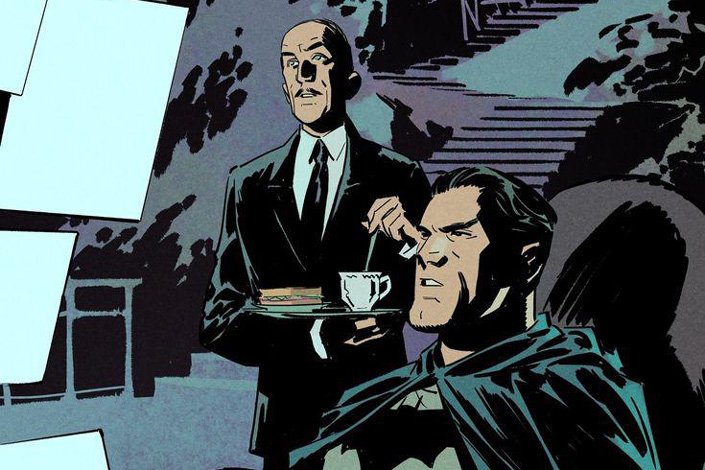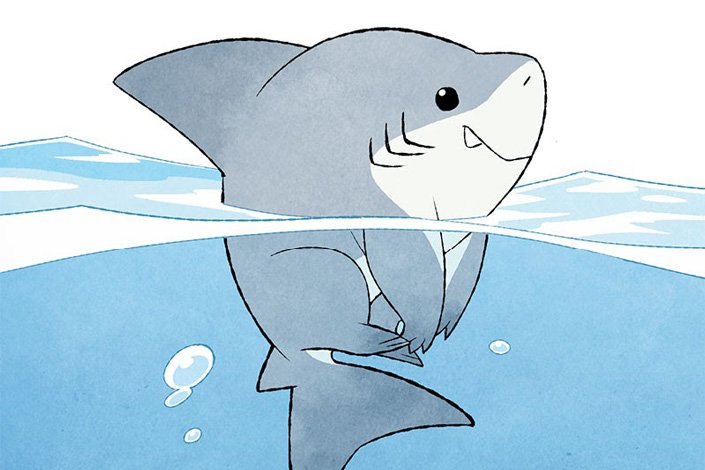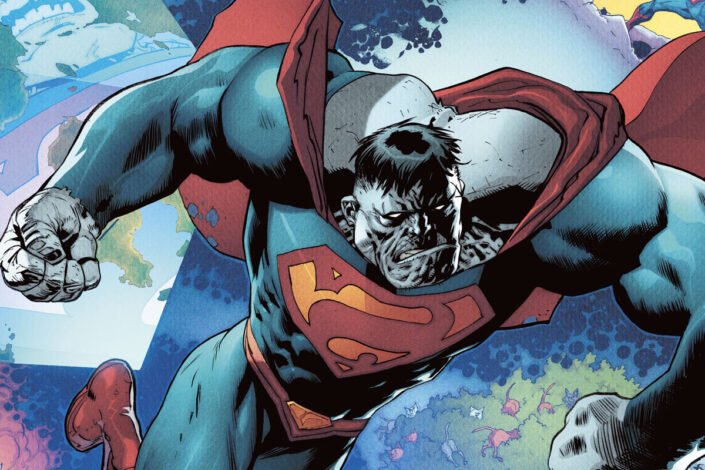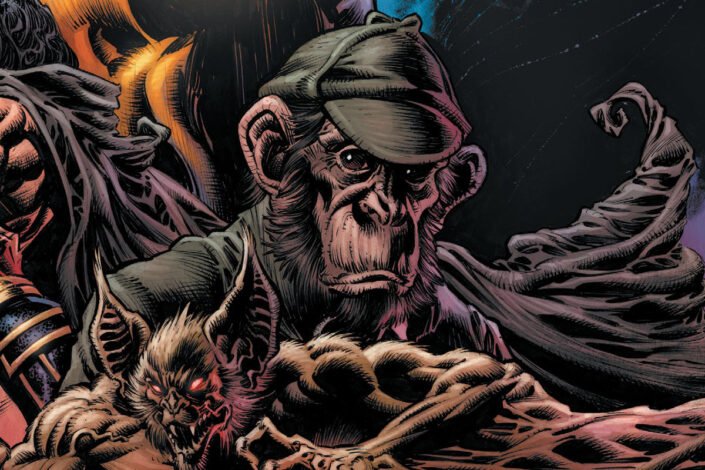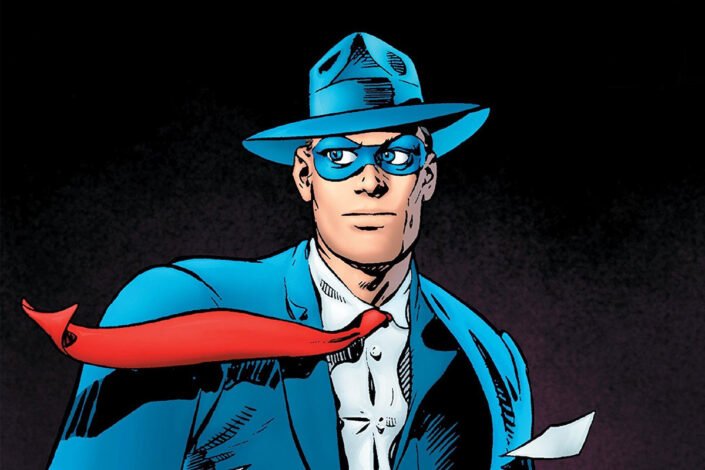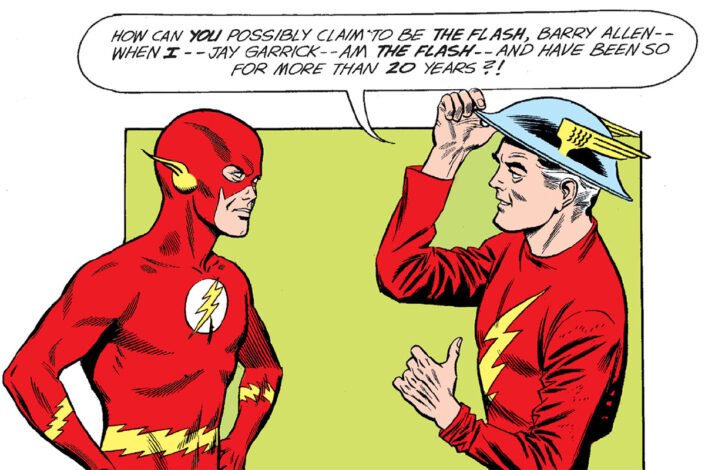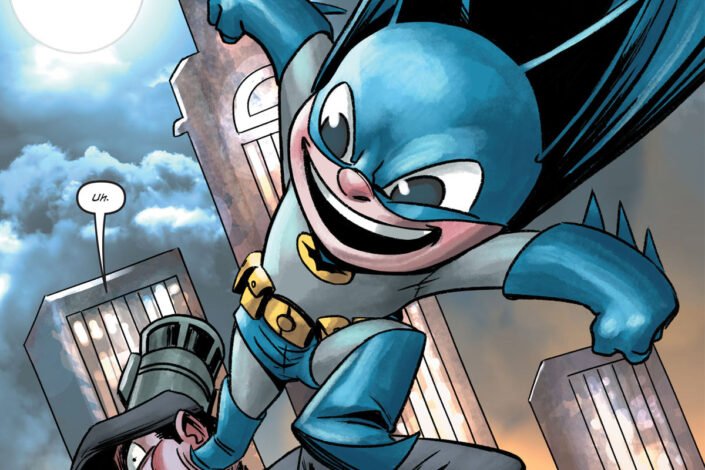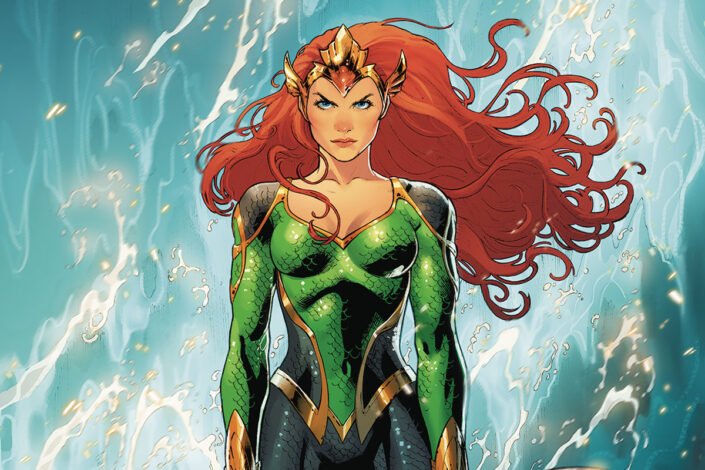Alfred Pennyworth Comics to Read to learn more about Batman’s loyal butler
It takes a special man to stand next to Batman and be able to snark at him or tell him, in a very British way, that he is wrong. That man is Alfred Pennyworth, the Ultimate Supporting Character.
Introduced in Batman #16 in 1943, under the name Alfred Beagle, Pennyworth is known as Bruce Wayne’s faithful butler and trusted confidant. The world of Bruce Wayne/Batman feels a little bit incomplete when Alfred’s not here to help, guide, and reason with Bruce.
Because Alfred is more than a butler. This former British agent is the surrogate father of Bruce Wayne and other members of the Bat Family. The man doesn’t just look after the Manor and the Batcave, he also takes care of everyone, showing them love, cooking for them, making snarky remarks, and using his military medical skills when needed.
While Alfred generally stands in the shadow of Batman, we choose today to put him in the spotlight with a selection of comic book stories highlighting the greatness of the character.
Read More »Alfred Pennyworth Comics to Read to learn more about Batman’s loyal butler
